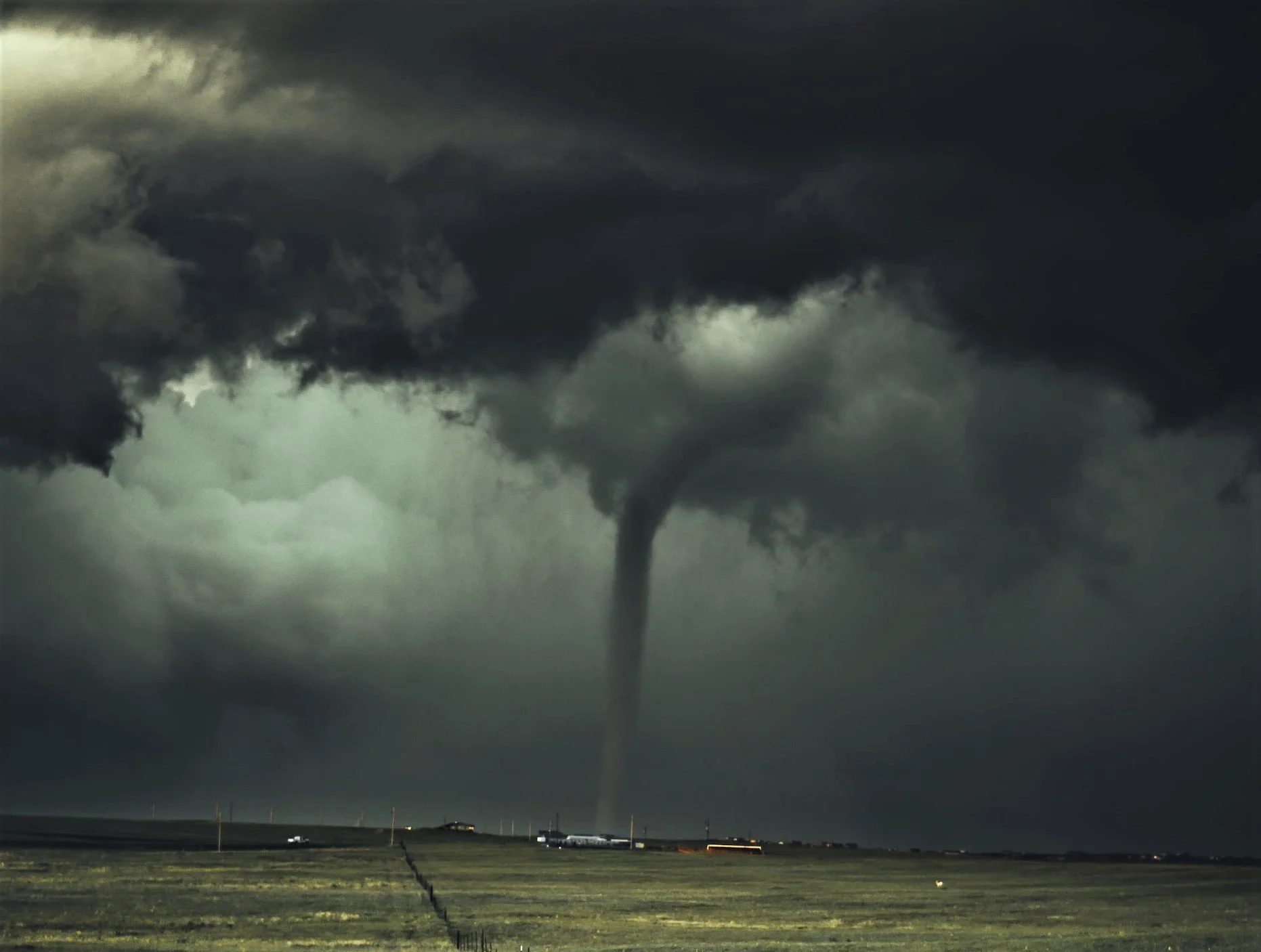Is the photo above a sunrise or a sunset? Our binary brains love a black and white, either/or choice when faced with complex problems. Our “climate doomerism” response to the climate crisis risks falling into this mind trap, amplified by the lack of real progress at COP27. But two respected experts offer road maps to find a way forward.
Most complex issues are not solved with either/or solutions but play out as a series of choices across a spectrum. It’s usually a matter of degrees—especially for the climate crisis where every tenth of a degree of global heating avoided is a victory.
Climate despair is a luxury we cannot afford argues respected author, historian and activist Rebecca Solnit. She persuasively argues that both “doomerism” and unfounded optimism, two opposite extremes, are the enemies of action and progress.
Solnit says that when you embrace hope, you challenge its opposites and opponents: despair, defeatism, cynicism and pessimism. And even unfounded optimism.
“What all these enemies of hope have in common is confidence about what is going to happen, a false certainty that excuses inaction. Whether you feel assured that everything is going to hell or will all turn out fine, you are not impelled to act,” Solnit explains.
Solnit is offering hope to those consumed by climate doomerism, as co-founder of a climate information project called nottoolateclimate.com. With perspective, one can overcome despair and take action.
“If you do not take the long view, you cannot see how campaigns build, how beliefs change, how what was once thought impossible or outlandish comes to be the status quo, and how the last half-century has been an extraordinary period of change for society, beliefs and values. Today may seem the same as yesterday, but this decade is profoundly different from the last.”
The prominent environmental scientist at Oxford University, Dr. Hannah Ritchie offers a formula for informed optimism to help drive change.
“People mistake optimism for “blind optimism”—the blinkered faith that things will always get better,” Ritchie says. “Blind optimism really is dumb. And it’s not just stupid, it’s dangerous. If we sit back and do nothing, we will not make progress.”
Ritchie argues that realistic optimism is the answer—seeing problems as challenges that are solvable, refining solutions through constructive criticism and having the confidence to do things that can make a difference.
Optimists are the ones that move us forward and are the innovators willing to take risks. But pessimism blocks solutions. If we always believe that the worst will happen, then what’s the point in starting? If any action is going to fail, we should stick with the status quo.
Ritchie says that it is possible to solve our environmental problems.
“Climate scientists certainly think so. They are often less pessimistic than the general public, which is a new and odd disconnect. They have children and believe that they have a future worth living for. They continue to push for action and solutions every day. Few accept that humanity is doomed.”
Ritchie says that if we are serious about tackling the world’s biggest problems, we need to be more optimistic.
“We need to believe that it is possible to tackle them and lean in—critically—to the things that will make that vision a reality. There are countless examples—from poverty and health to technology and the environment—of positive change. Rapid change, too. We should be impatient about changing them faster.”



